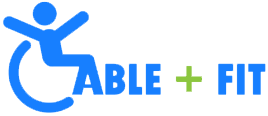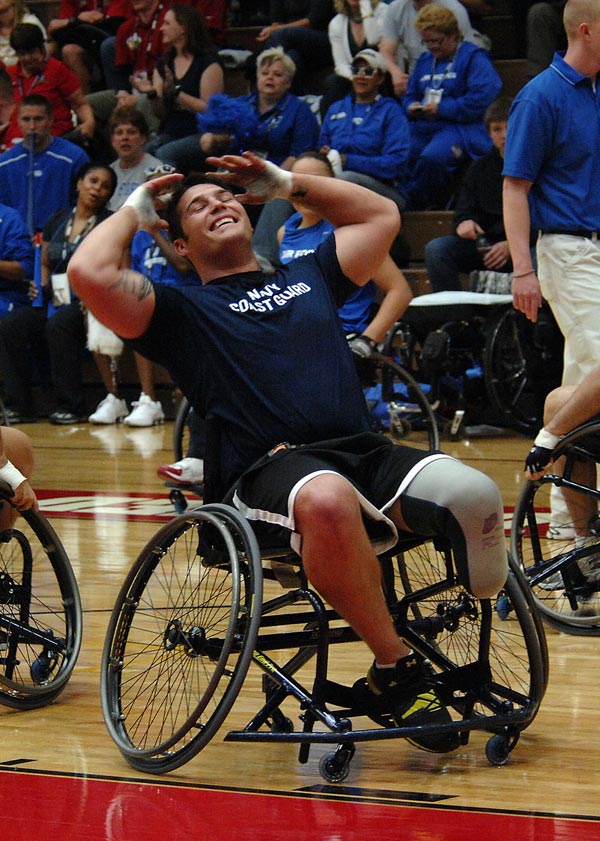The truth of the matter is, people with disabilities DO face challenges when it comes to participating in exercise and fitness activities. It is important to acknowledge the barriers so you can figure out how to overcome them.
- Experience: Physical activity has not always been a priority for people with mental or physical impairments. For that reason, many people with disabilities don’t know when, where, or how to exercise. This can cause anxiety and fear. Additionally, they may need help creating a manageable exercise schedule and/or choosing activities that do not cause excessive pain.
- Social: It can be difficult to branch out into sports and exercise alone. This is especially true for people with disabilities who are dependent on caregivers or family members for things like transportation and assistance with physical activities. People without disabilities can make it more difficult by assuming disabled friends are not capable of participating in sports and recreational activities and, therefore, not extending an invitation to join them.
- Environmental: While most public facilities are required to be accessible, that doesn’t mean they are ideal. Barriers in outdoor areas include insufficient lighting, wooded walking paths, and traffic lights lacking audible signals. In many areas, group sports for people with disabilities don’t yet exist. This means that people with disabilities must travel further or invest their own time and resources into starting these leagues or tracking down the facilities, equipment, and participants they need to do so.

